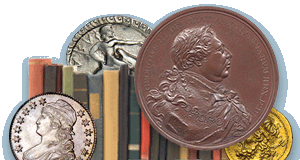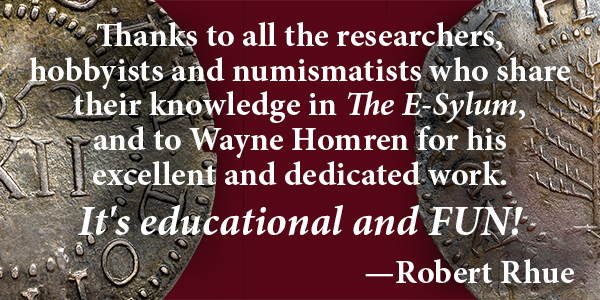
PREV ARTICLE
NEXT ARTICLE
FULL ISSUE
PREV FULL ISSUE
NEW BOOK: MALTESE TOKENSYosef Sa'ar passed along this information about a new book on the tokens of Malta. Thank you! -Editor
Maltese Tokens a collection
These Malta ‘tokens', in their various forms and intended use, tell the economic and social history of Malta, albeit, at times, verging on the shady side. Nevertheless, it is a Malta story which these tokens help to commemorate and immortalize. Tony and Jeanette Stivala deserve our compliments for publishing such a rare collection and research for everyone's enjoyment and perusal, a most welcome addition to Melitensia collections and publications.
For more information, or to order, see:
Here's an article about the book and its authors. -Editor
They became interested in these items quite by chance.
"I was instantly intrigued and being an avid collector of Maltese memorabilia, I thought ‘why don't I start collecting them myself'?" His wife helped him with the research and found, among other things, that tokens were first used in Malta during the time of the Order of St John but became especially popular during the British period. The book, published by Horizons, in fact focuses on the late Victorian era to the 1960s. "Tokens were used quite profusely at the time. There was a lack of coinage owing to the increase in the number of visitors to the island, especially navy and army personnel, who frequented entertainment spots across the island," noted Ms Stivala, who is from Northfield in Aberdeen. As Emmanuel Magro Conti, senior curator at Heritage Malta, explains in the book's foreword, the use of tokens instead of the official legal tender issued by the government forms part of ‘exonumia', a term that incorporates all numismatic items made of various materials, sizes and shapes other than official coins and paper money. The couple managed to find tokens of innumerable bars in Strait Street, such as the Blue Heaven, British Crown Rest Bar, Dirty Dick's Bar, which was popular among the gay community, King George VI Bar, Queen Elizabeth Bar, Sussex Bar, Matador Jazz Bar, Piccadilly Bar, Retainer Bar, Roy Bar and The Splendid Bar & Hotel, which is sometimes used as an exhibition space nowadays. During the 1930s, churchgoers in Zejtun also had to use tokens to pay for the use of a chair in their parish church, while worshippers at St Paul's Anglican Cathedral in Valletta made tokens in memory of deceased loved ones and the money collected went towards the cathedral.
To read the complete article, see:
Wayne Homren, Editor The Numismatic Bibliomania Society is a non-profit organization promoting numismatic literature. See our web site at coinbooks.org. To submit items for publication in The E-Sylum, write to the Editor at this address: whomren@gmail.com To subscribe go to: Subscribe All Rights Reserved. NBS Home Page Contact the NBS webmaster 
|




